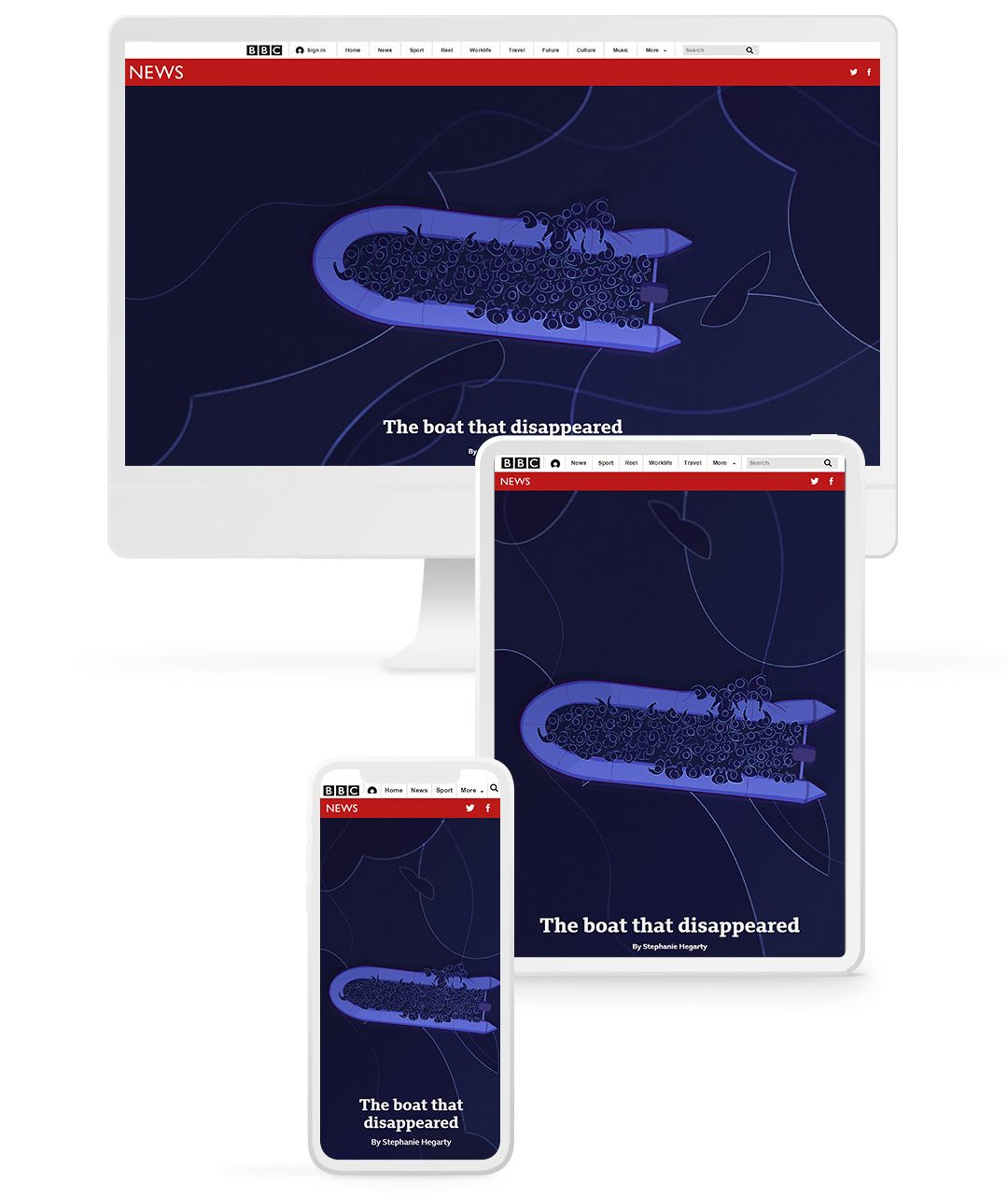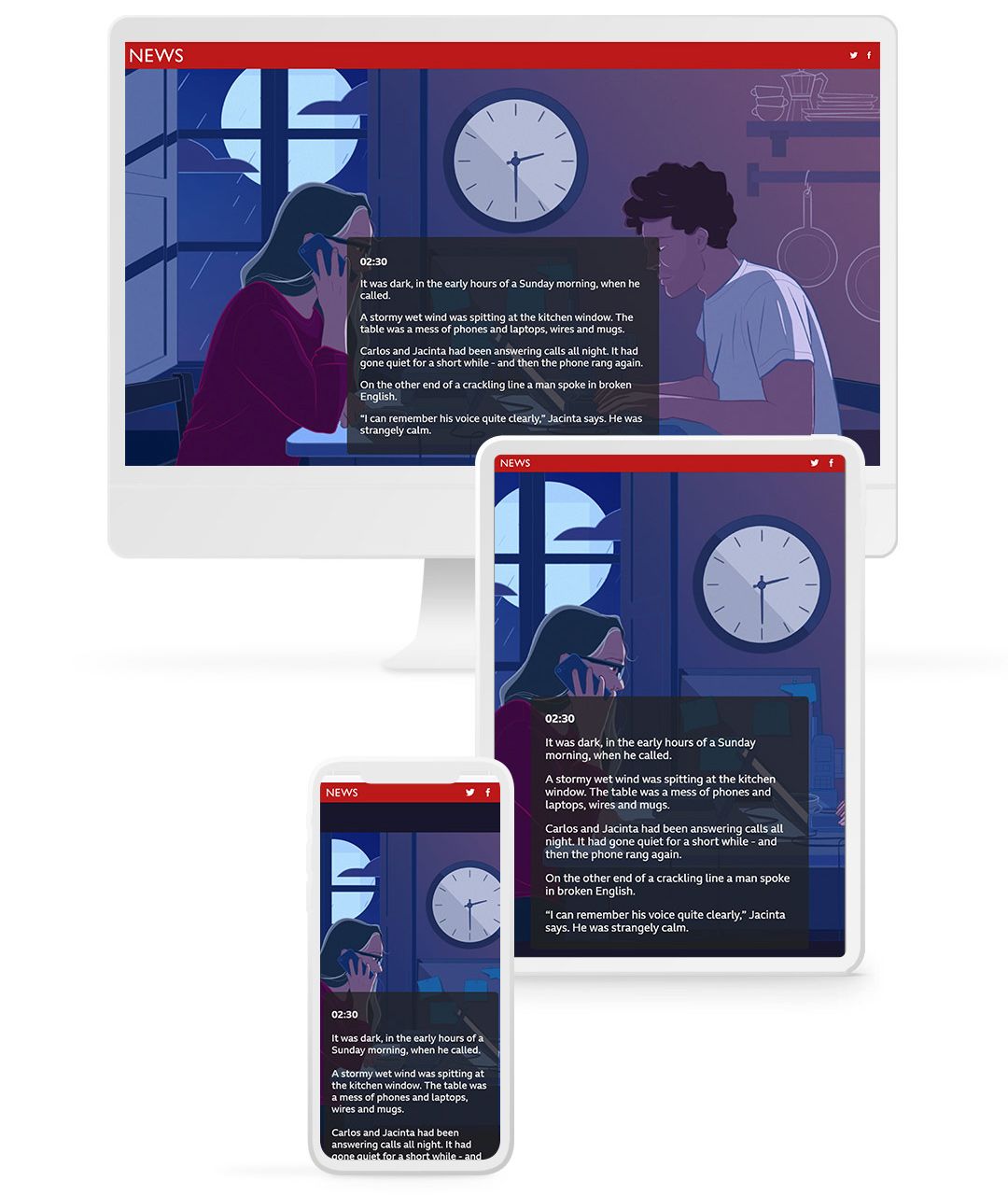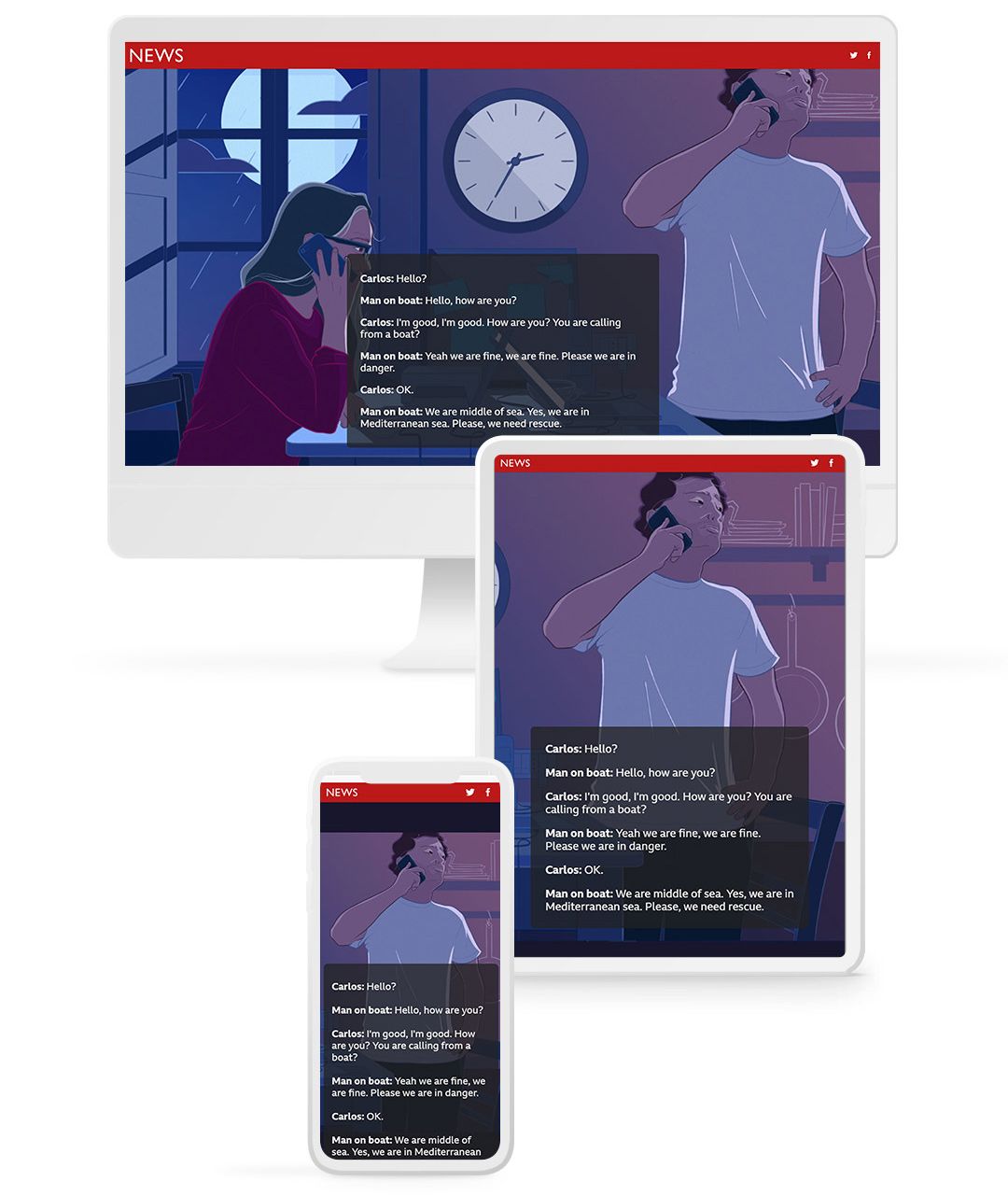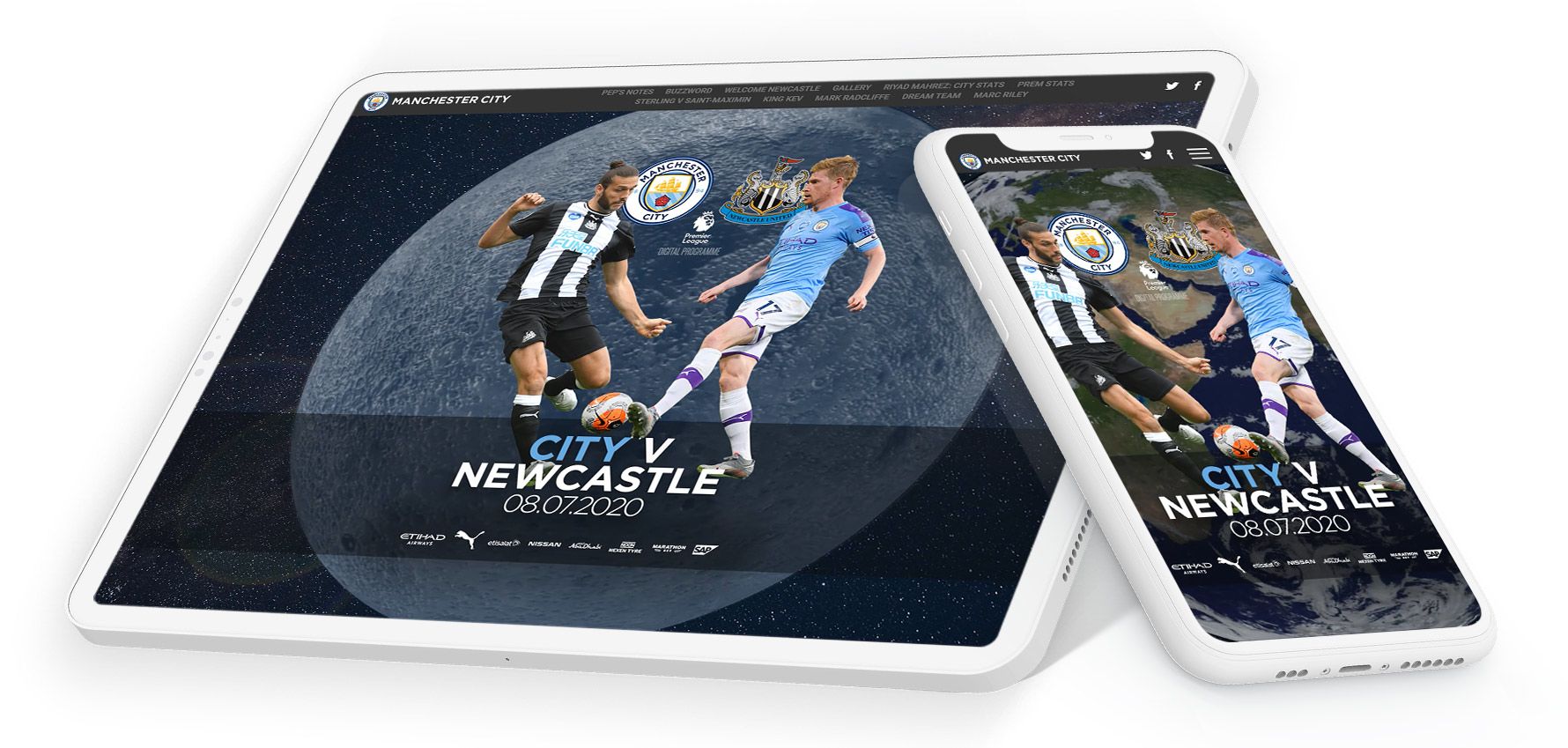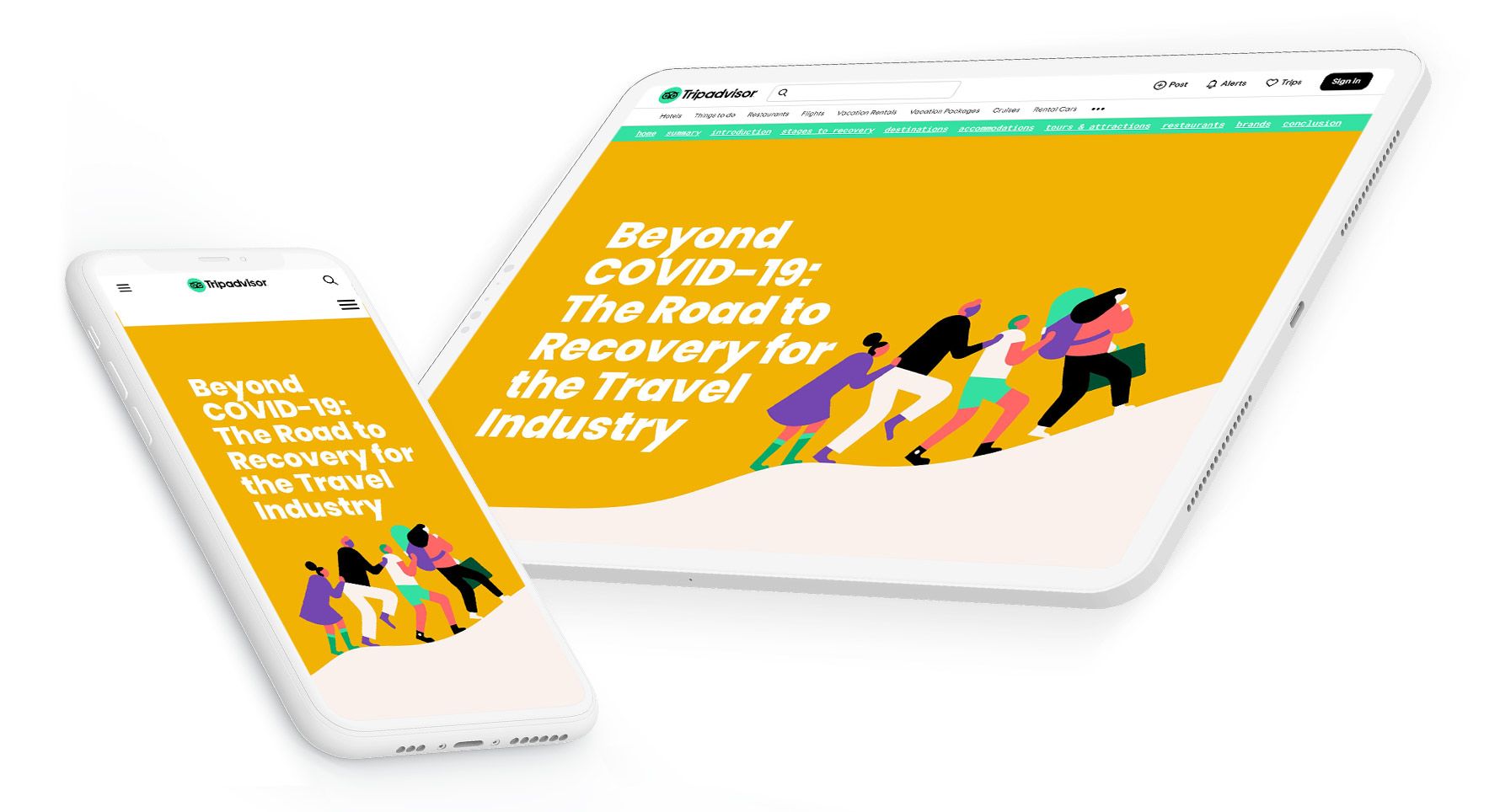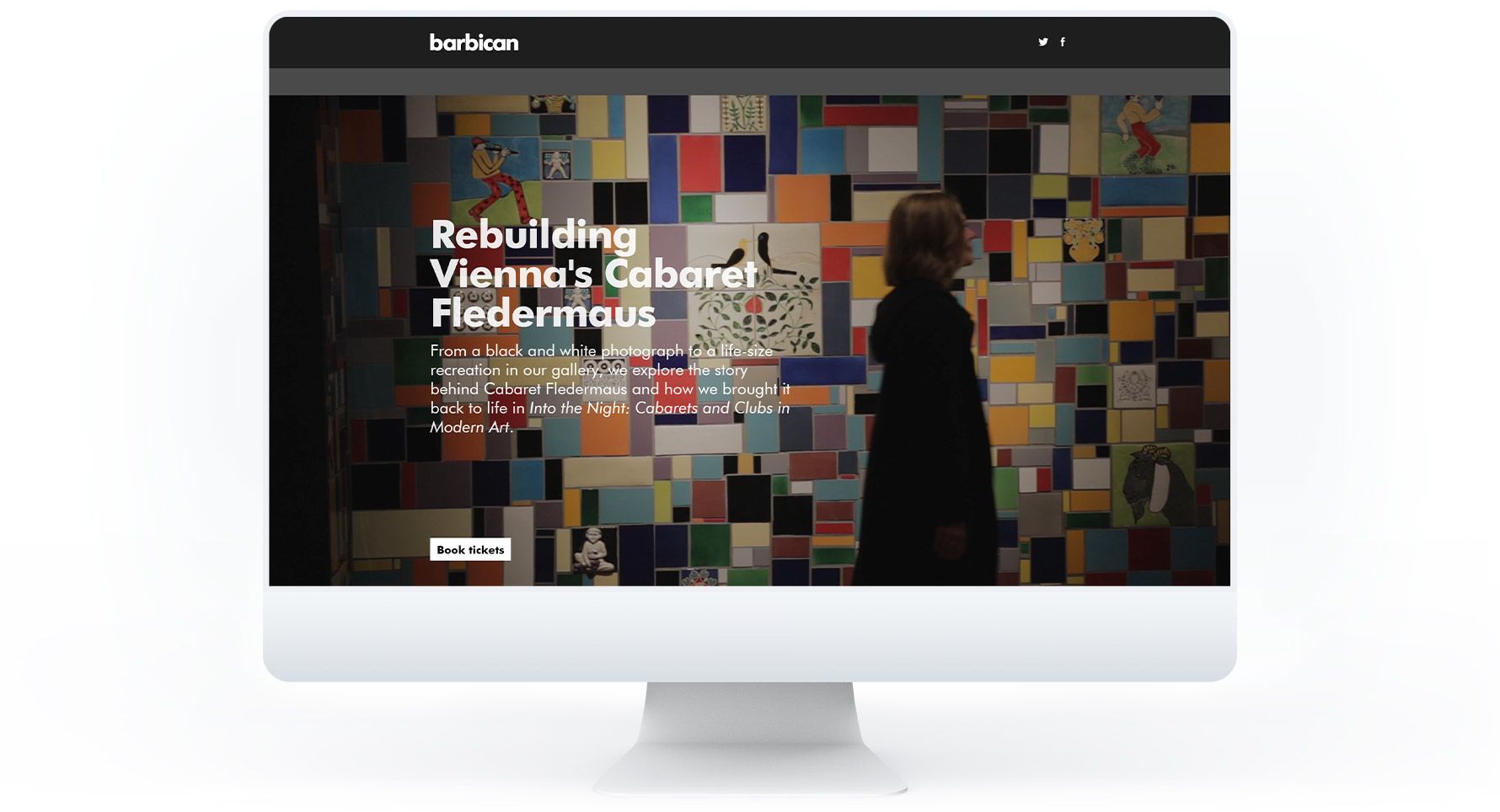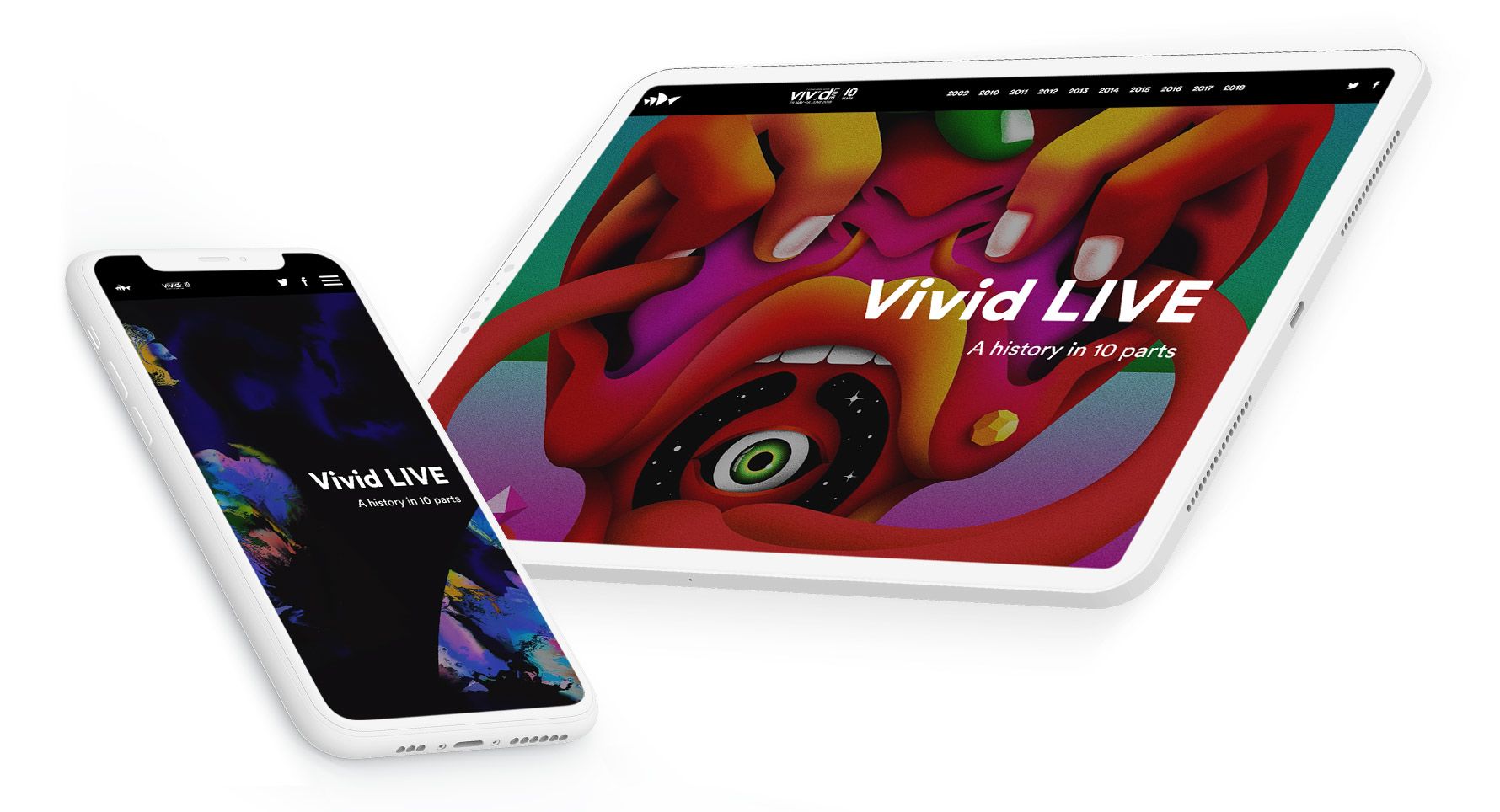An introduction to immersive brand storytelling

Most days, my mornings look like this: After waking up the kids — aged four and 0.7 — I make breakfast and lunch. As various pots and pans boil and burn, my partner attempts to tell me something important about the day. Almost immediately, Ms Four starts talking loudly about Dora the Explorer. Not to be outdone, Mr 0.7 adds his own backing track (Aaaah! Ooooh! Eeeeeee!) from the floor.
by Matt McGregor
by Matt McGregor
Reading on the web sometimes feels a little like my mornings. Usually, our intention when we click on a web page is to read a single piece of content. But too often, that experience is polluted by a bunch of other elements competing for our attention.
Pop-ups. Sidebars. Irrelevant or poorly chosen media. Aggressive CTAs. Clunky ads. Bad design. More pop-ups.
This is what I sometimes call the ‘Intrusive Web.’ This is the web of clickbait and content farms, of marketing tricks and unwanted interruptions. It’s fundamentally inauthentic and its most common form is low-quality, top-of-the-funnel blog posts, crafted more to rank in Google than delight real human readers.
The intrusive web
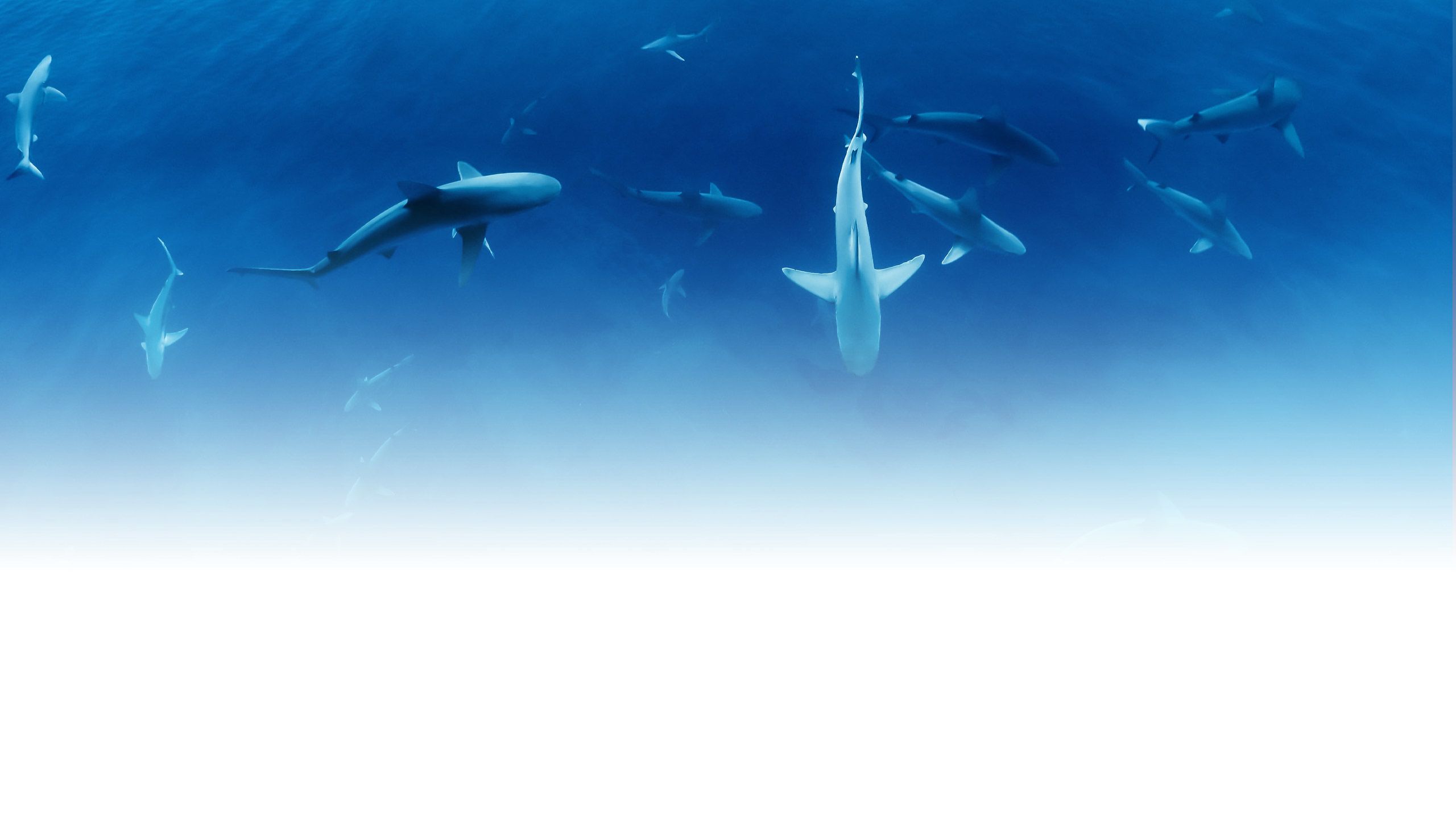
At this point, some marketers might be starting to roll their eyes. After all, it’s easy for lay people to get on their high horses about the state of content on the web. But the fact is, marketers have targets they need to hit. They need page views. They need email addresses. They need high CTRs.
Historically, the most cost-effective way for marketers to hit these targets has been to produce a bunch of SEO’d content, and then attempt to aggressively convert readers using various — and variously obnoxious — attention-grabbing techniques.
Over the last few years, though, something has changed in the world of content marketing for brands. It’s become harder to rank on Google. Engagement metrics — including CTRs and dwell time — have plateaued.
People are paying less attention to content.
Anyone who lives on the web will know this to be intuitively true. The Intrusive Web demands that we pay attention to seven things at once. But the fact is, humans are simply not built to pay attention to more than one thing at a time. And when we try to do so, it’s…. stressful.
Looking for examples of stunning brand stories? Check out our roundup of the best immersive brand stories on the web.
Start creating with Shorthand
It's the fastest way to publish beautifully engaging brand stories, blogs, digital magazines, reports, internal comms, and more.
The rise of immersive storytelling

It’s all well and good to criticise the Intrusive Web, but what’s the alternative? Increasingly, we’re seeing brands embrace immersive storytelling.
Unlike intrusive content, immersive stories are built to induce a state of ‘flow’ in the reader. Forgoing cheap distractions and unwanted interruptions — and incorporating rich media and scroll-based visual techniques — immersive stories allow the reader to actively engage.
This is a much better reading experience. It’s also a better outcome for brands, who invariably see a rise in engagement metrics for their immersive content.
Honda, for example, saw their dwell time rise 85% and their click-through rate rise 47% after moving their content hub from their legacy CMS to an immersive storytelling platform.
Nine months after shifting to immersive storytelling, Imperial College London’s feature stories earned 142% higher average unique pageviews and 50% higher average time on page.
The Immersive Web?

It’s a little too early to announce the rise of the Immersive Web. As anyone with a browser knows, the web is still lousy with bad design and intrusive marketing.
But, slowly but surely, the quality of content on the web is rising. Part of this increase in quality is due to the rise of digital storytelling platforms. These allow marketing, comms, and media teams to build immersive stories without requiring a hugely expensive team of developers and web designers.
The other reason is that immersive storytelling offers brands an enormous competitive advantage. As mentioned above, immersive stories get better results — and there’s still an ‘early mover’ advantage in transitioning your brand content to an immersive storytelling platform before the competition.
In this guide, we introduce five different approaches to immersive brand storytelling from a variety of different organisations — from arts organisations like the Barbican to automotive manufacturers like Honda.
It’s a little too early to announce the rise of the Immersive Web. As anyone with a browser knows, the web is still lousy with bad design and intrusive marketing.
But, slowly but surely, the quality of content on the web is rising. Part of this increase in quality is due to the rise of digital storytelling platforms. These allow marketing, comms, and media teams to build immersive stories without requiring a hugely expensive team of developers and web designers.
The other reason is that immersive storytelling offers brands an enormous competitive advantage. As mentioned above, immersive stories get better results — and there’s still an ‘early mover’ advantage in transitioning your brand content to an immersive storytelling platform before the competition.
In this guide, we introduce five different approaches to immersive brand storytelling from a variety of different organisations — from arts organisations like the Barbican to automotive manufacturers like Honda.
Manchester City
Football club Man City use immersive digital storytelling for their match day programmes. This has become an excellent way to generate engagement from fans who cannot attend the match in person.
Man City’s programmes are inherently visual, with primacy given to illustrations and high resolution photography of the players. The programme allows the casual fan to understand the context of the game, while also allowing trainspotters the opportunity to dive deeper into relevant data.
The digital programme presents Man City as a progressive, future-focused club looking to speak to a new generation of football fans.
Tripadvisor
White papers are a staple of content marketing — for good reason. Done well, they are a great way of associating a brand with expertise.
Usually, white papers are produced as downloadable PDFs, because this allows designers to easily maintain the ‘premium’ look and feel of the content. While this can now be done natively on the web, it usually requires developers and web designers to build and maintain a bespoke experience. This is too expensive and time consuming for many brands to do at scale.
With immersive storytelling platforms, though, companies are able to easily move beyond the dreaded PDF.
This is what Tripadvisor have done with their longform COVID-19 White Paper. The paper presents their research into the future of the travel industry, with engaging illustrations and data visualisations. It’s a stellar example of what premium brand content can look like.
The Barbican
As an art gallery, the Barbican places a premium on having a beautiful presence on the web. In the past, however, arts institutions have faced a conundrum. While their brand identity demands a beautiful identity, arts institutions don’t always have the budget to invest in bespoke web experiences.
Barbican have squared this circle by using a digital storytelling platform. This enables them to produce gorgeous digital stories at scale, without needing to invest additional resources in developers and web designers.
This can be seen with Rebuilding Vienna's Cabaret Fledermausa, a feature story on Cabaret Fledermaus, in which the Barbican establishes its identity as a bastion of artistic excellence and world-leading expertise.
The Sydney Opera House
The world’s leading brands know that their web content is a proxy for their product. A great reading experience suggests that the brand produces a high-quality product — and vice versa.
The team at the Sydney Opera House have taken this to heart with their digital story on the history of Vivid Live. With rich photography and impressive design, Sydney Opera House is able to replicate — in part, at least — the experience of attending the shows live in person.
Brands have always attempted to create amazing experiences on the web. But usually, these experiences have required enormous investments in development and web design. Because of this expense, these experiences have been relatively rare — even though they have been proven to generate better results.
Times are changing. As the cost of developing immersive reading experiences comes down, we’re seeing standards and expectations rise. At the moment, though, there remains an enormous opportunity for brands to get a head-start on their competitors.
Start creating with Shorthand
It's the fastest way to publish beautifully engaging brand stories, blogs, digital magazines, reports, internal comms, and more.




